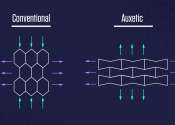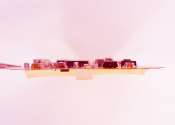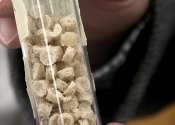Research suggests agricultural waste could help to clean polluted water
As many parts of the developing world experience rapid economic growth, the quality of their water supplies is coming under increasing strain. To keep pace with a growing demand for water, there is now a pressing need for ...









